Flying to Cuba from the United States
This past summer I became aware that direct flights from the United States to Cuba were beginning in the fall. JetBlue was the first airline to begin these flights out of Fort Lauderdale to four different airports in Cuba. By now, many other airlines have also been granted access and have set up routes to Cuba. When I was trying to book my flight online, I was prompted with a window to declare which one of the 12 reasons I had for visiting Cuba. These are the 12 reasons that the United States allows direct travel to Cuba:
1. Family visits
2. Official business of the U.S. government, foreign governments, and certain intergovernmental organizations
3. Journalistic activity
4. Professional research and professional meetings
5. Educational activities
6. Religious activities
7. Public performances, clinics, workshops, athletic and other competitions, and exhibitions
8. Support for the Cuban people (sometimes listed as People-to-People)
9. Humanitarian projects
10. Activities of private foundations or research or educational institutes
11. Exportation, importation, or transmission of information or information materials
12. Certain export transactions that may be considered for authorization under existing regulations and guidelines.
These limitations on travel to Cuba were put in place by the US government. Cuba is more than happy to allow U.S. tourists into the country. Choosing number eight, People-to-People, is the option that makes the most sense for tourists to use. I picked journalism, as I was curious to see if they would check on me in any way. If they did, I hoped that my little blog would have enough journalistic activity in it somewhere to suffice, a stretch I know. In one of the e-mails confirming my flight information, I was asked to fill out an affidavit online again confirming that journalism and journalism alone constituted my reason for traveling to Cuba.
You are supposed to receive your visa to Cuba when you check in at the airport. Everyone must check in at the counter and that can cause some longer lines than usual (as was the case when I got there). Waiting in line I must admit I wasn’t sure how this would work. Online there was very little information, so I just assumed it must be as simple as it seemed. Sure enough it was. The desk agents gave you the same online affidavit to fill out at the airport in case you didn’t do it electronically. The check-in agent didn’t even ask my specific purpose. I paid the $50 in cash (credit card also accepted) for the visa and was given my ticket, and off to Cuba it was.
Upon landing in Cuba I assumed they were going to ask me which of the 12 reasons I was traveling to Cuba under, but they didn’t and it confirmed my suspicions that this was just a regulation put in place by the U.S. For what exact purpose I am not sure.
Flying to Cuba from the United States is now an incredibly simple process. You don’t need an itinerary. Travel insurance is included in your ticket so be sure to keep the stub with you while traveling in Cuba. Buy your flight, pick People-to-People as your reason for travel (I guess you could pick anything, but it would be the safe choice), get your visa at the airport and enjoy!
Money in Cuba
Cuba is the only country in the world that uses two currencies. Originally it was just the Cuban Peso (CUP), but starting in 1994 Cuba introduced the Cuban Convertible, one of which is worth twenty-fives times as much as a Cuban Peso. In general, you will only use CUC unless you want to eat street food or restaurants for Cuban people, travel the country like locals do, or go to places where tourism hasn't developed yet. It is a good idea to change some CUC into CUP for some late night shops or cheap pizza places that only accept CUP.
It is best to convert your USD to Euros or even Canadian Dollars (it had the best rate while I was in Cuba). At every bank or money exchange, the USD is subject to a 10% commission. At the airport in Santa Clara there was a 12% commission for USD and a 5% commission for all other currencies. After asking around, it seems that the commission rates at the Santa Clara were higher than other airports and the only place where there was a commission on other currencies as well. You can save yourself a substantial amount of money if you change out of USD before arriving in Cuba.
Casa Particulares
Lodging is the most expensive item of travel in Cuba. The hotels are generally expensive and there are not the typical hostel type accommodations that are present in most countries. Many families in Cuba have opened up their homes and rent out extra rooms or adjoining apartments. These types of accommodations are called “Casa Particulares.” They often offer a breakfast of toast, fruit, juice, and coffee for a bit extra if you are interested. The best thing about staying in a Casa is that you get a great chance to interact with Cubans. The owners are generally very friendly and are a great resource for organizing tours or taxis. The cost is usually between $20-$30 for a room that accommodates 3-4 people.
Casa Particulares
For the first two weeks of my travels we had booked most of the Casas in advance through AirBnB. There are a few other websites that you can use, but I wouldn't trust them for making payments online. During my last two weeks of travel, we would just show up and walk around knocking on doors with an anchor sign, the symbol of a Casa Particulare, and ask if there was a room available. We could almost always haggle the price down $5 a night. If a place was already full, the owner would usually offer to call other Casas to check if one had room. I never felt in danger of not having a place to stay.
Getting Around
There are primarily three options for traveling around Cuba. You can take the Viazul Bus, taxi collectivos, or the train. Being there around the New Year we had trouble getting a bus ticket and often had to resort to getting a taxi collectivo (shared taxi). The taxis will always be more expensive than the bus, but if you are traveling with 4+ people you can usually get a good deal where you aren't paying a whole lot more. If you are only a small group or traveling alone, you will often be placed in a car with other tourists. We were often told not to discuss the price we were paying with the other travelers as, more often than not, the prices were not the same. I guess we just haggle harder. While the taxis can be expensive, it is pretty cool to ride in a car that was from the 1950s. If you are alone and traveling at a time where there are no other tourists to share a taxi with then the bus is much more affordable option.
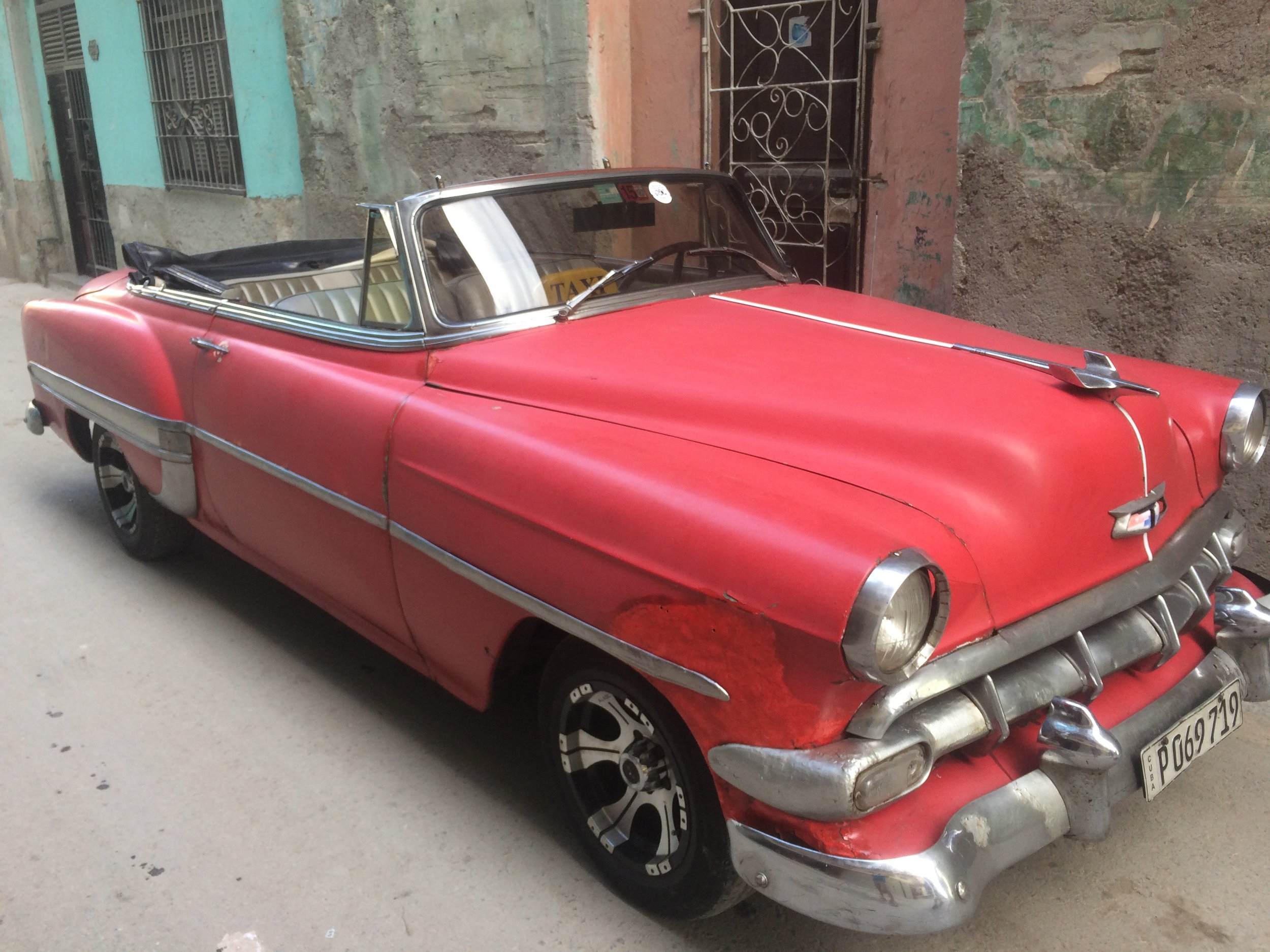
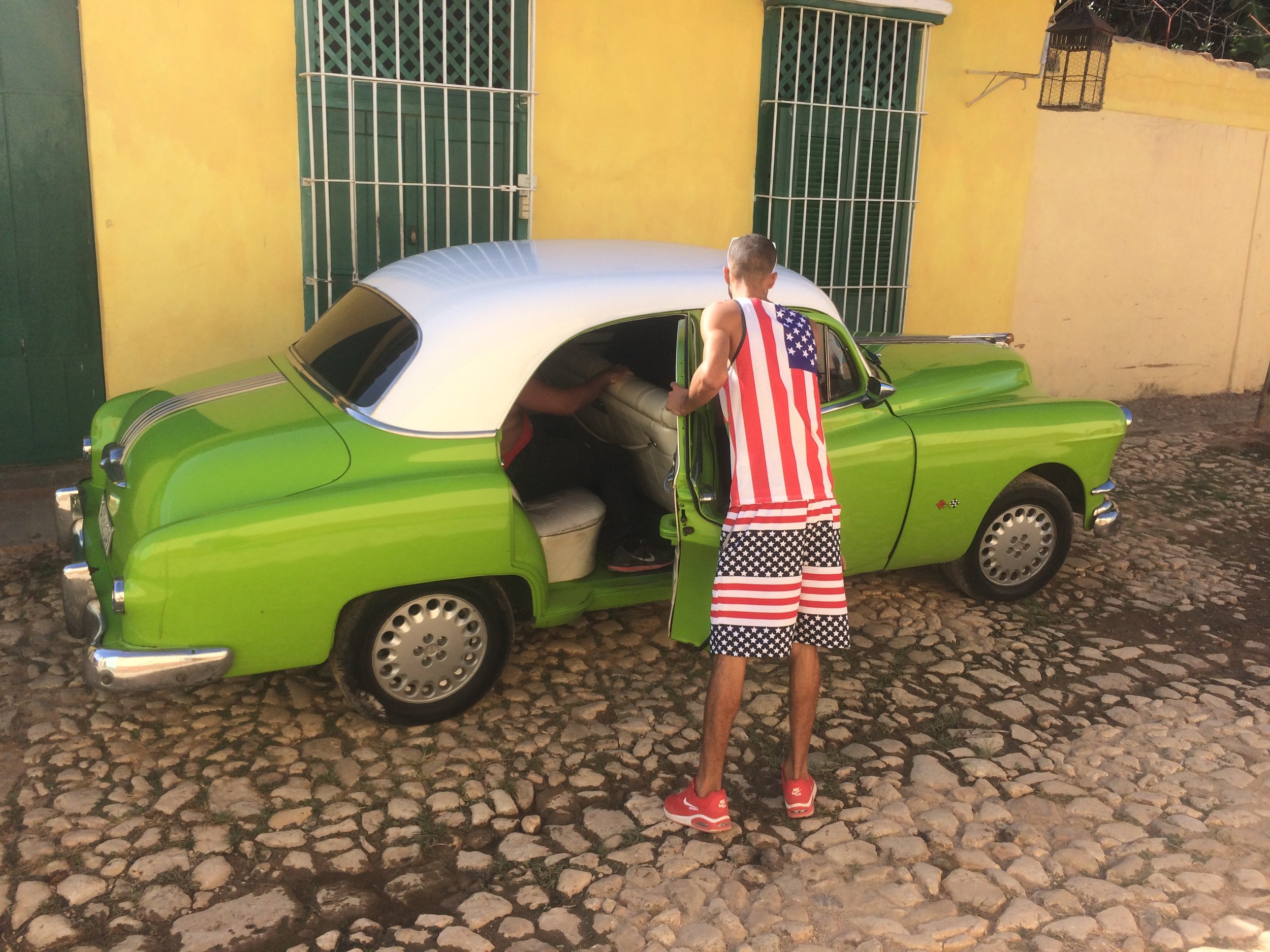
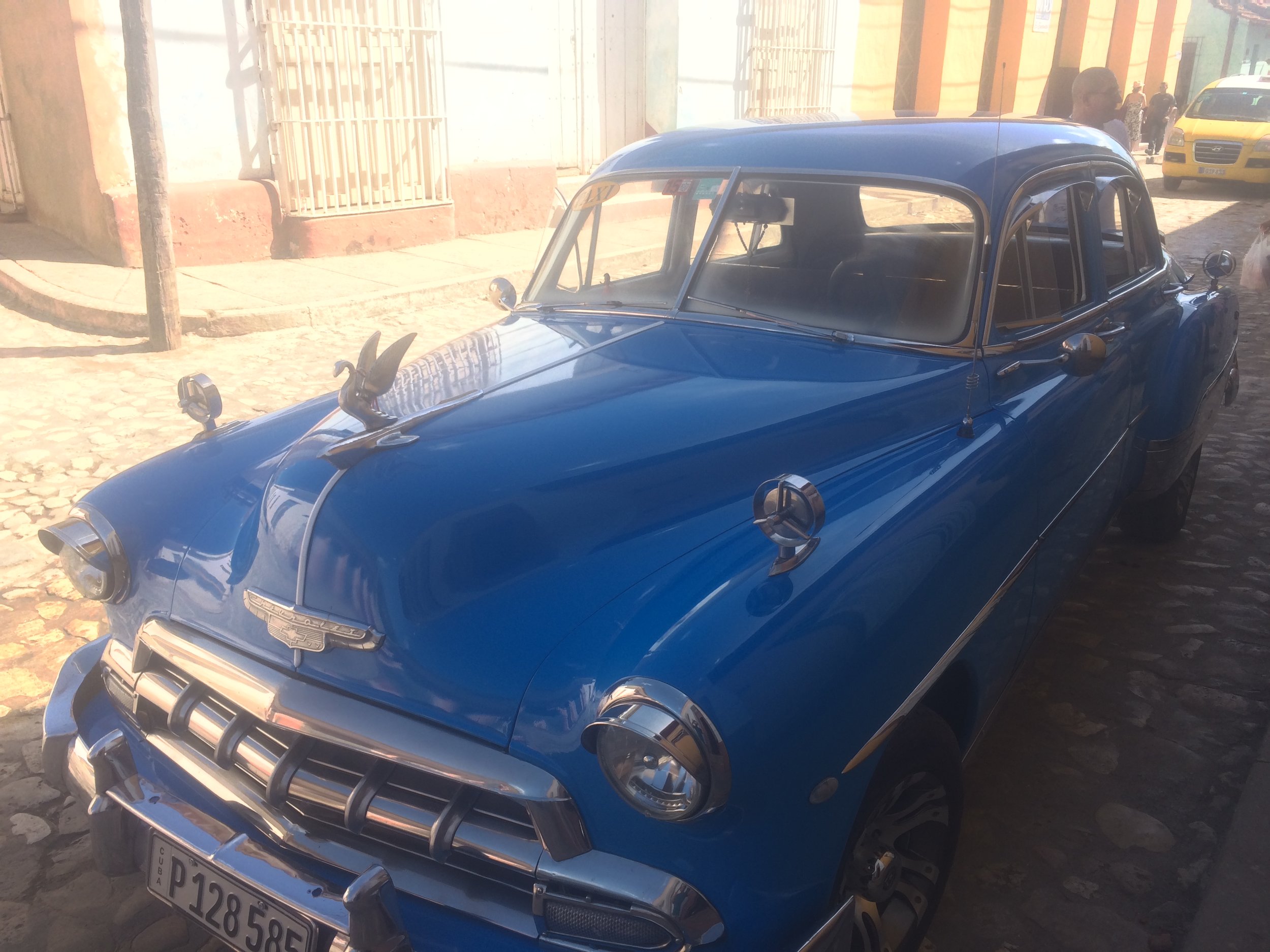
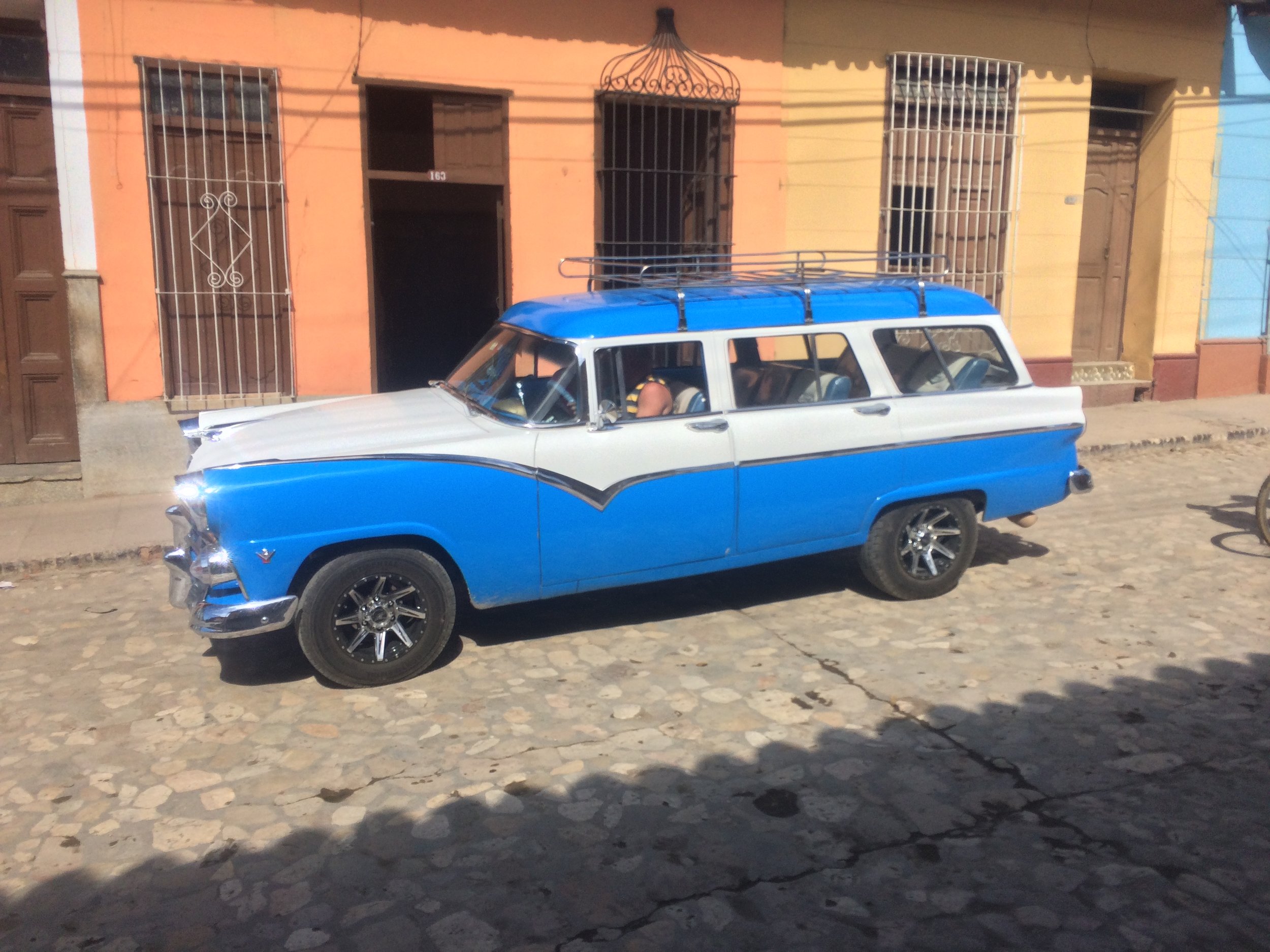
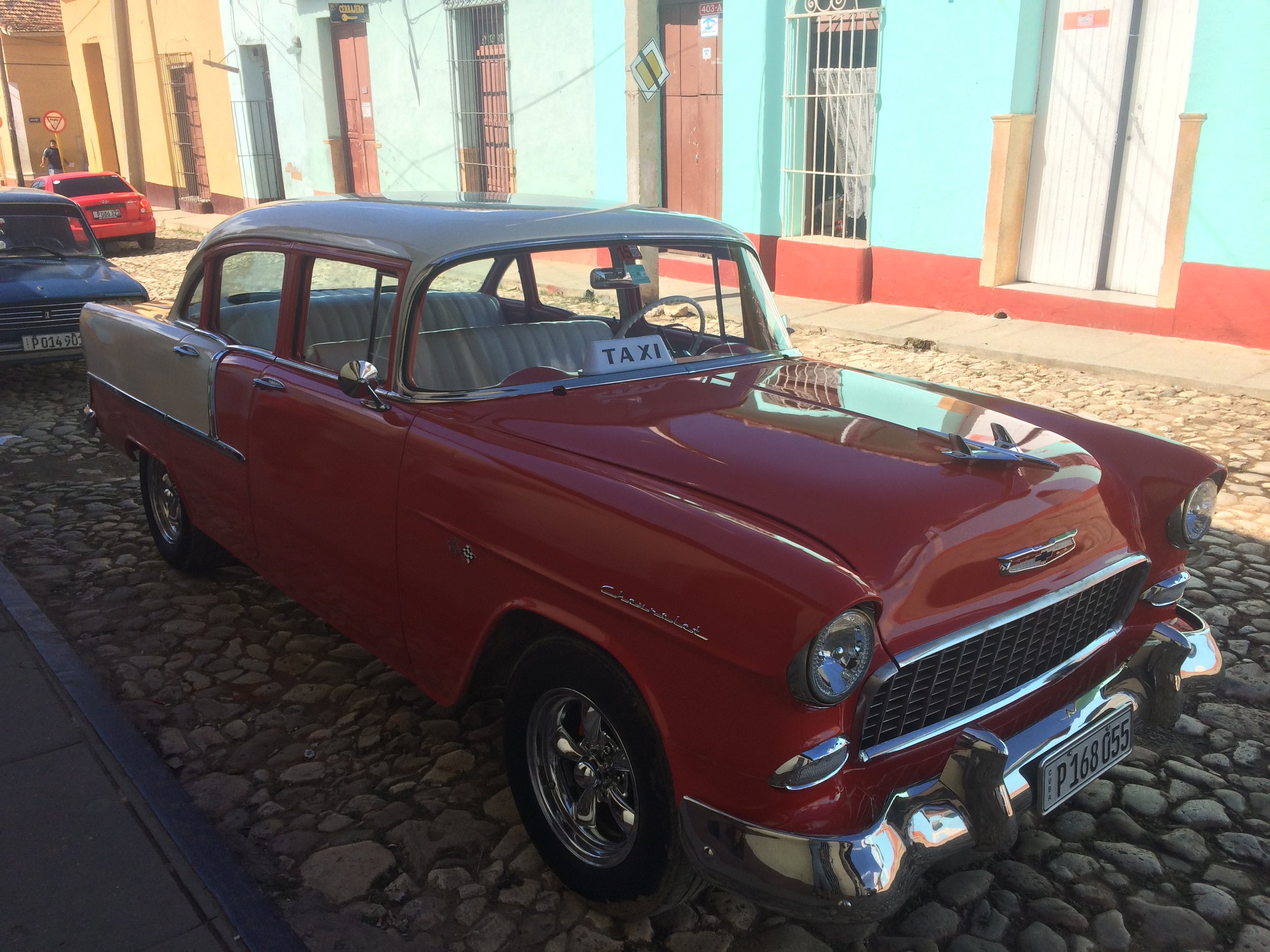
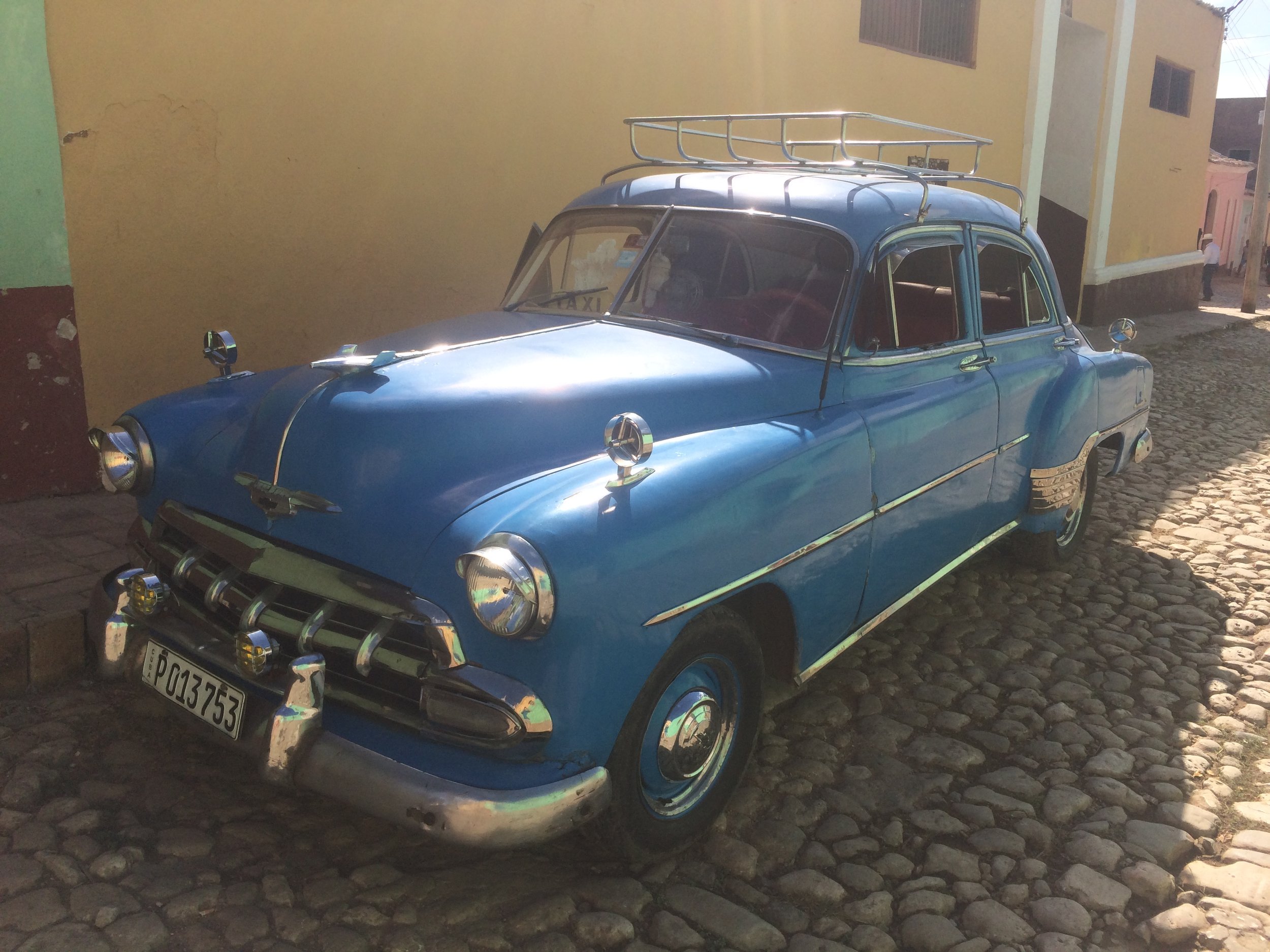

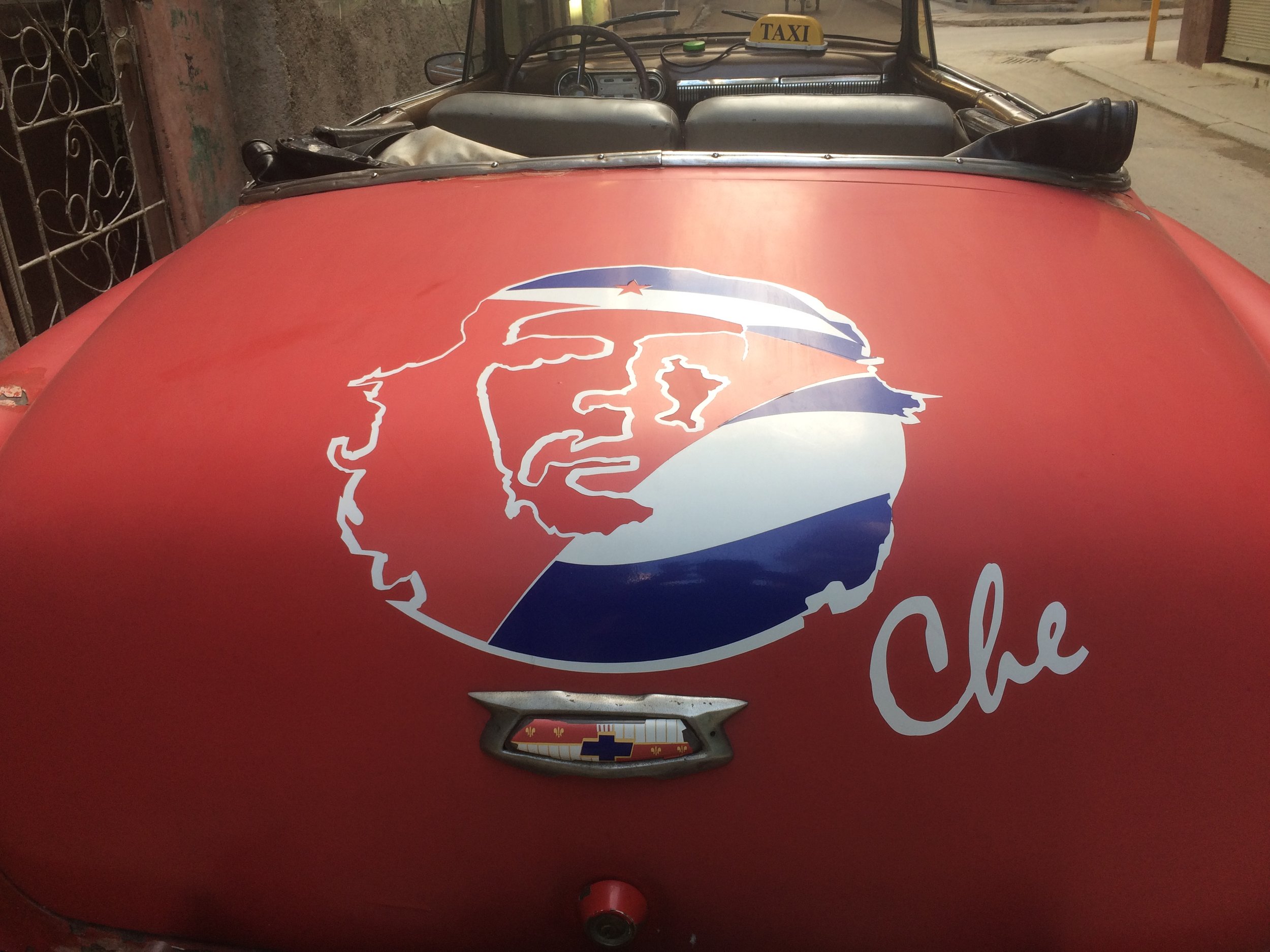
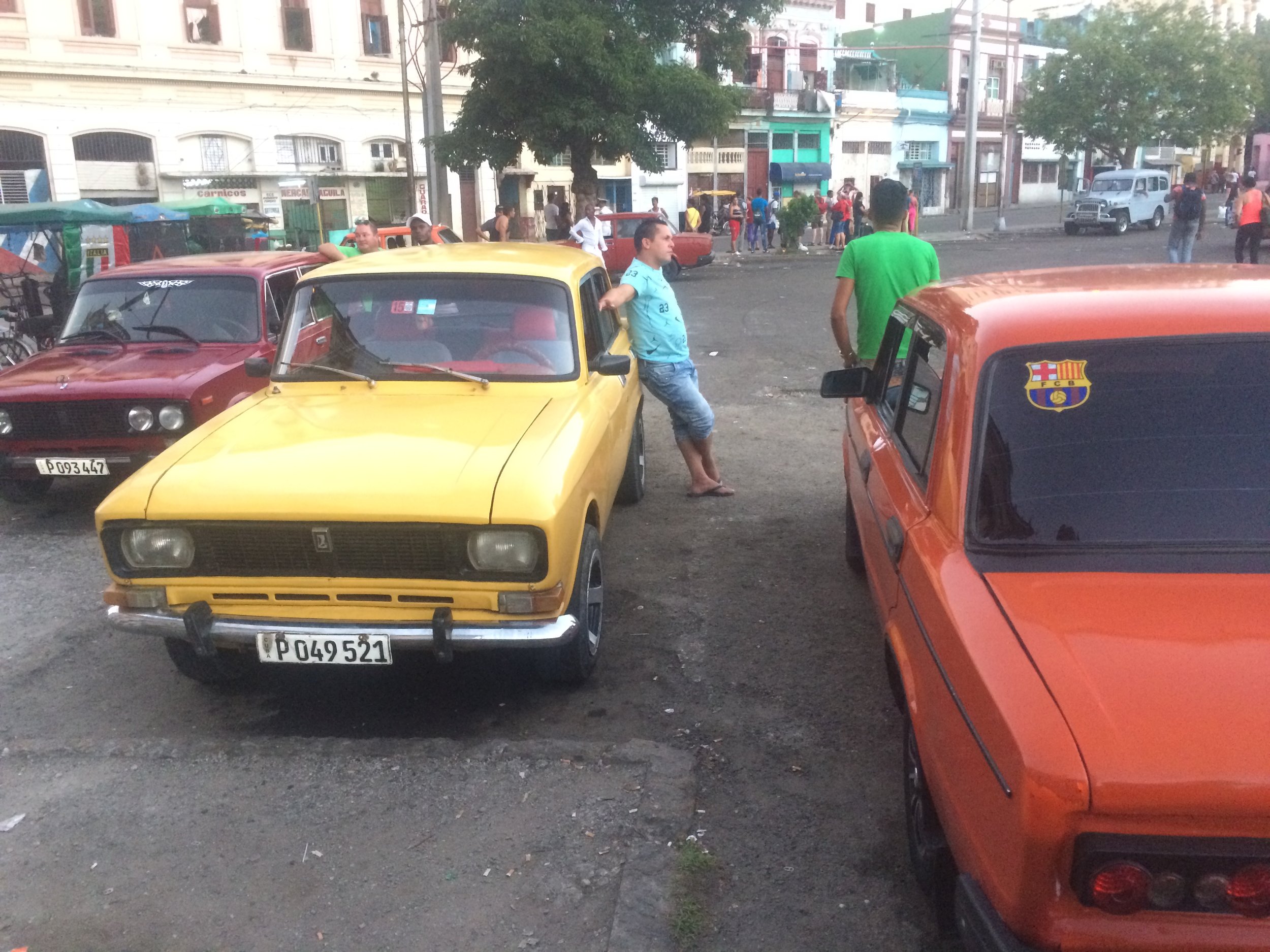
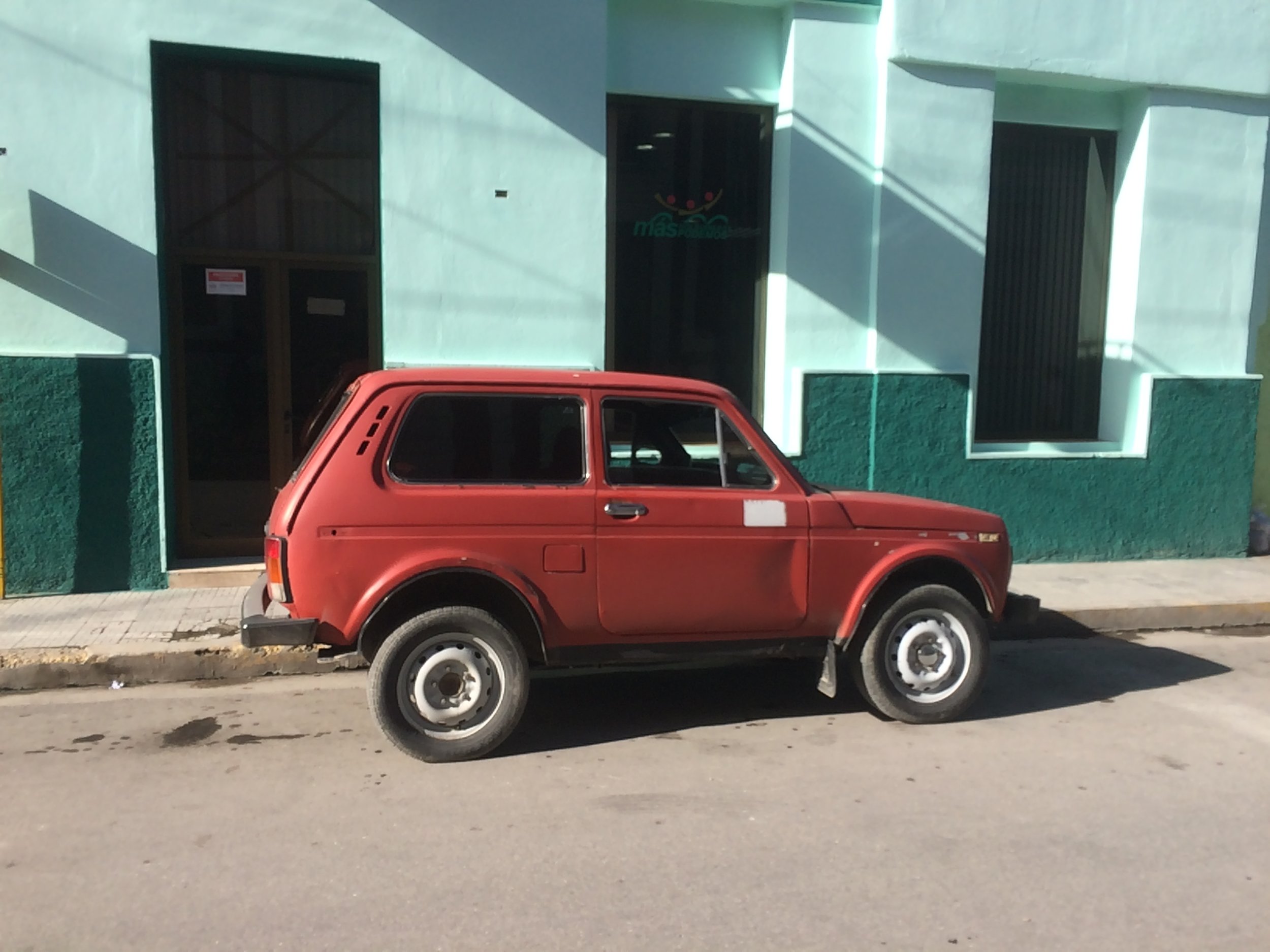
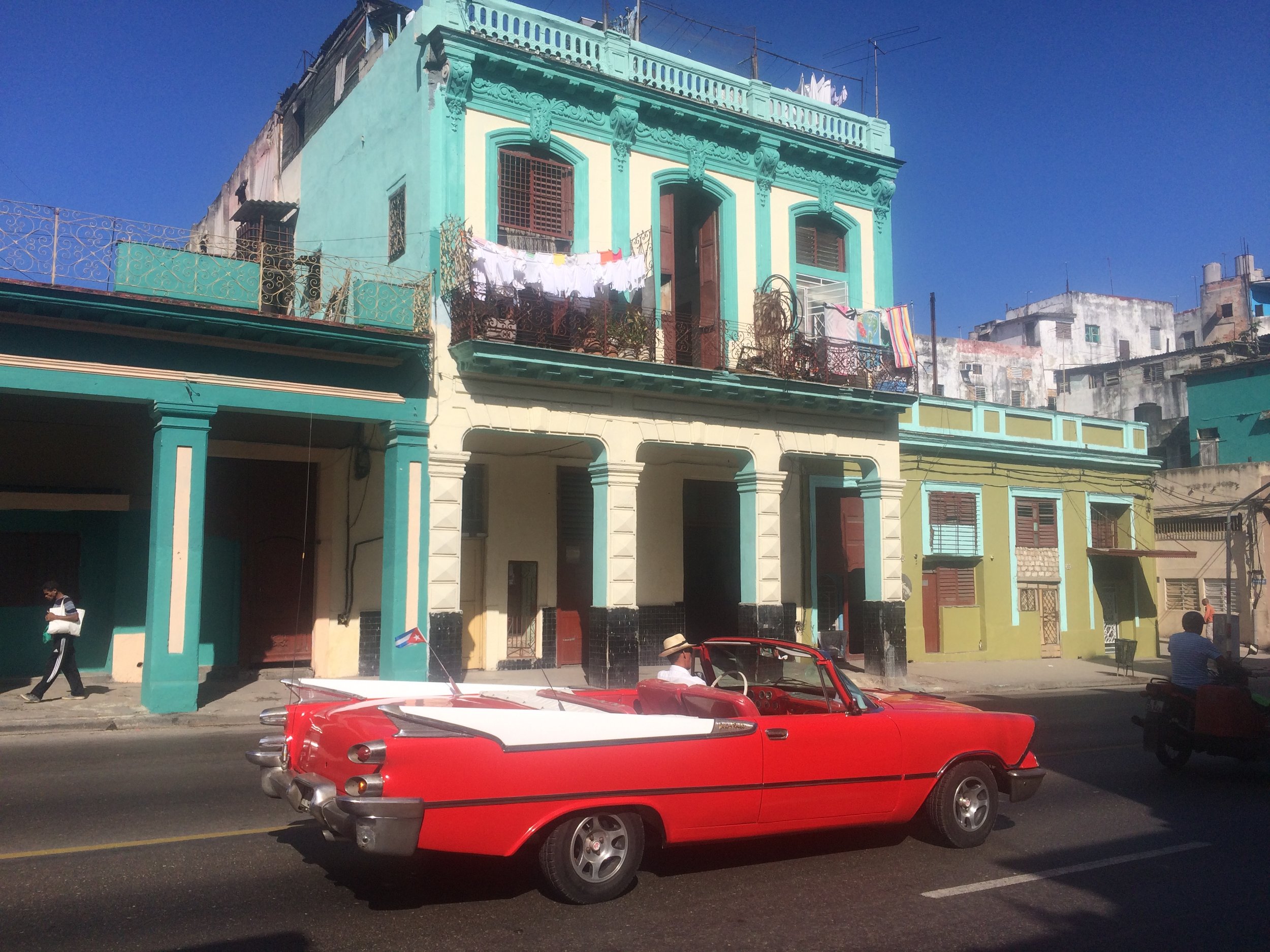

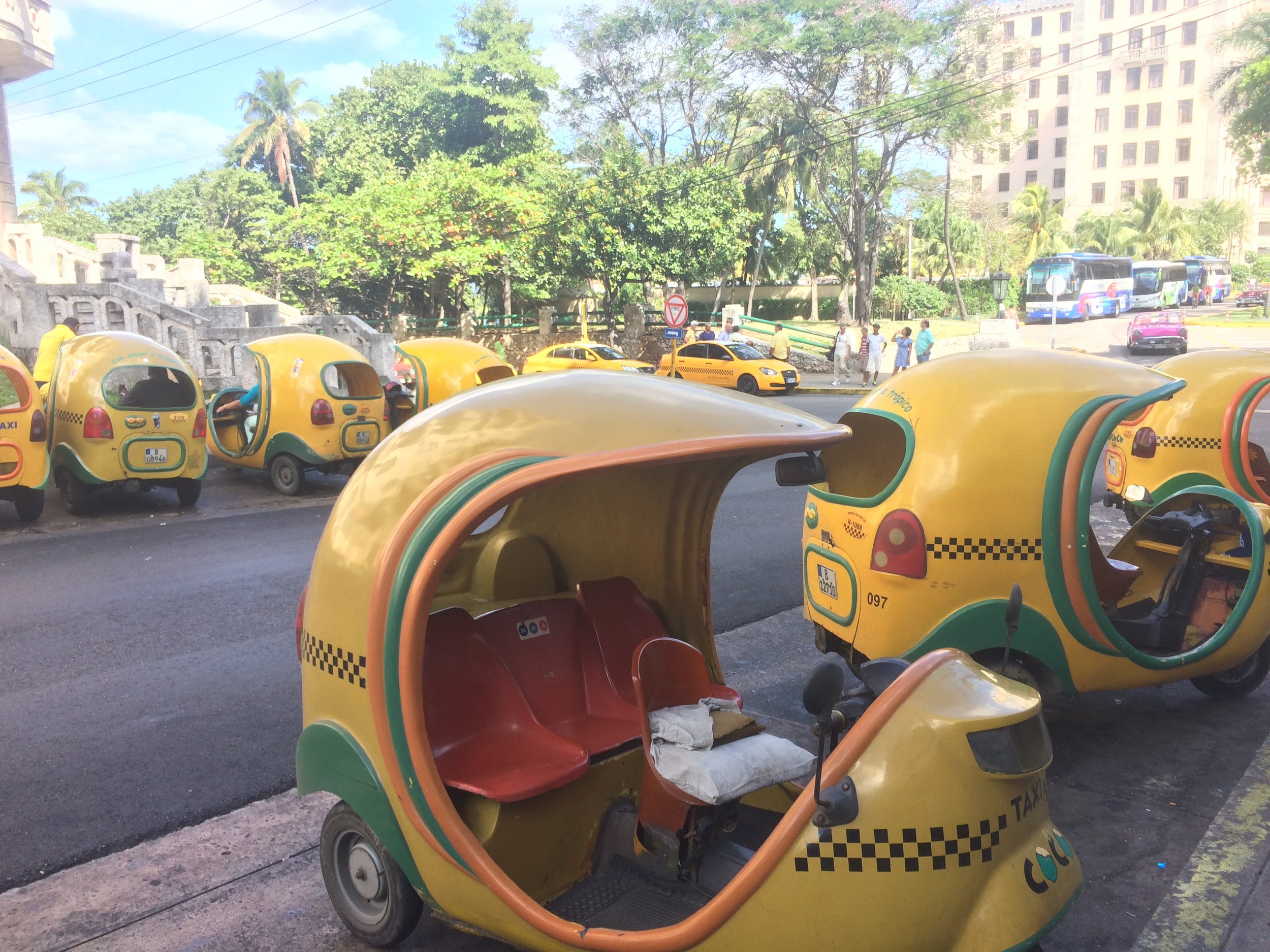


I only had one experience taking the train. I took it from Santa Clara to Santiago de Cuba. It was a 12-hour trip that turned into a 17-hour haul. I had heard that the trains are often unreliable and very slow and I luckily got to experience both of these traits. It is definitely not a popular, convenient, or reliable travel option and this was clear as I didn't see any other tourists on the train. However, it was full of interesting scenery and vendors on train always have their unique charm. Having a bottle of rum in my backpack definitely made the trip more enjoyable.
Buying spaghetti through the train window - awesome!
The Viazul bus is a government sanctioned bus company that handles all the bus transportation for tourists. There is usually a Viazul window in every bus station and attendants will direct you to the Viazul window and away from the buses that most locals take. I was told that booking a day in advance was the smart practice, but due to the high travel of the holiday season it was hard to get a ticket the first couple of weeks.
Trinidad
On one opportunity my friend Andy and I got to try traveling the local way. We wanted to go from Matanzas down to Playa Giron (a.k.a. the Bay of Pigs), but at the bus station we found out that there is only one bus a day. It leaves from the nearby town of Veradero at 7 in the morning and costs $20 CUC. We didn't want to spend another day in Matanzas or go up to Veradero and decided this could be a good opportunity for some alternative forms of travel. Outside the bus station were a couple of trucks we had spotted before on the highways carrying Cubans. Asking one of the drivers we found out it was going in the general direction we wanted to go and just decided to see if we could wing the trip all the way down to Playa Giron. The truck took us about halfway to a town called Perico where we took another truck to an even smaller town called Agramonte.
From Agramonte we waited on the side of the road with other Cubans for a bus that seemed like it would never come. Finally a school bus showed up going in the general direction we all wanted and hopped on - turns out school bus rides are free! From where the school bus dropped us off on the highway we got into a cuban collectivo to the town of Jaguey Grande. From Jaguey Grande we caught the night bus to Playa Giron. The entire journey from Matanzas to Playa Giron took about ten hours, but cost less than $5 CUC each. It was definitely a fun adventure for the day.
Make Cuba Your Next Destination
With direct travel now open between the United States and Cuba the number of tourists per year are sure to skyrocket. Tourism has become the backbone of the Cuban economy and I am left wondering about how things have changed in the past ten years and what the next ten years will bring. With the death of Fidel and the slightly different political agendas of his brother Raul it will be interesting to see how Cuba develops. As the older generation gives way to the young and the fight for the revolution fades further into history, Cuba seems posed for change, and being ripe for tourism seems to be at the heart of it.
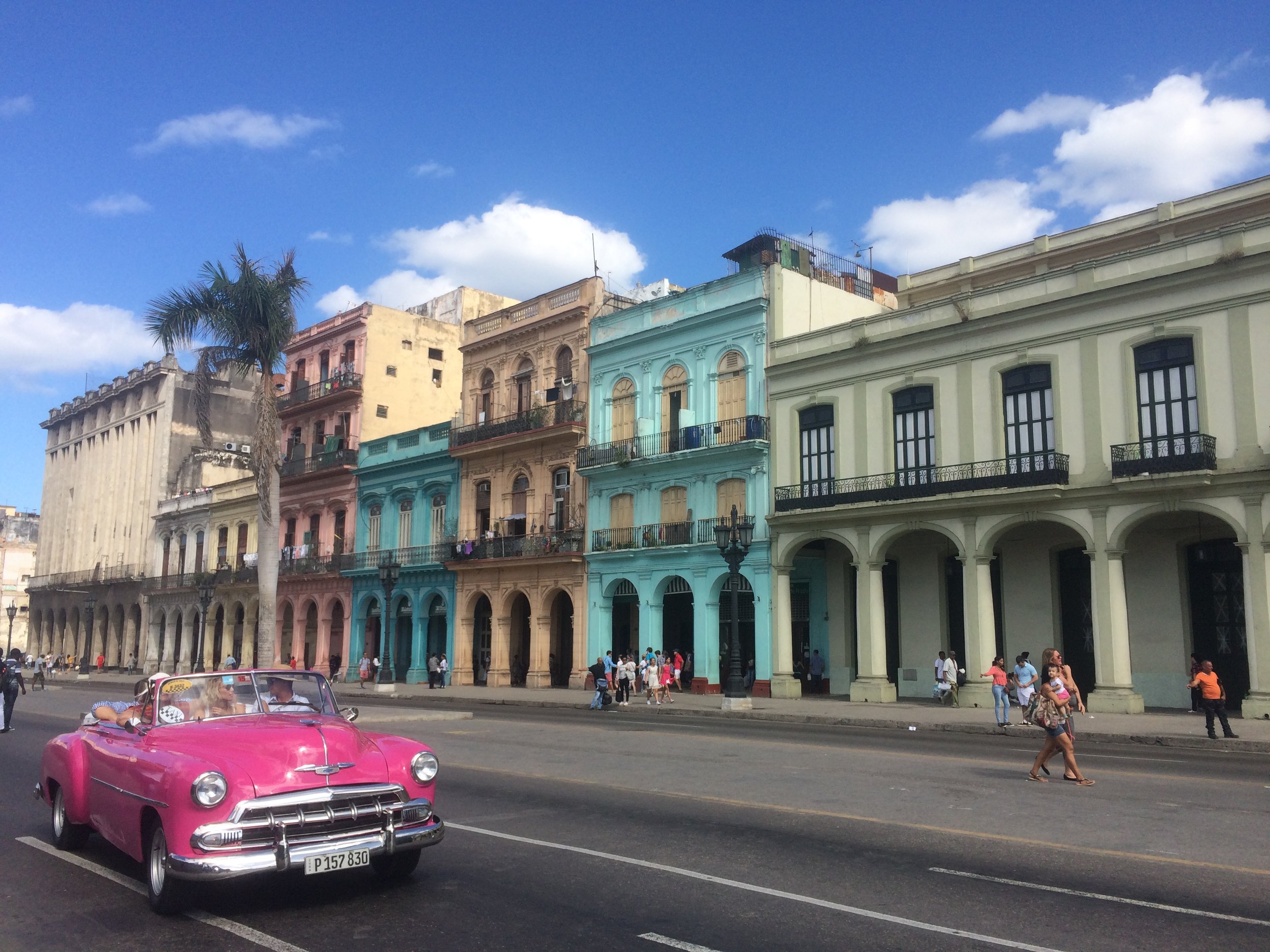
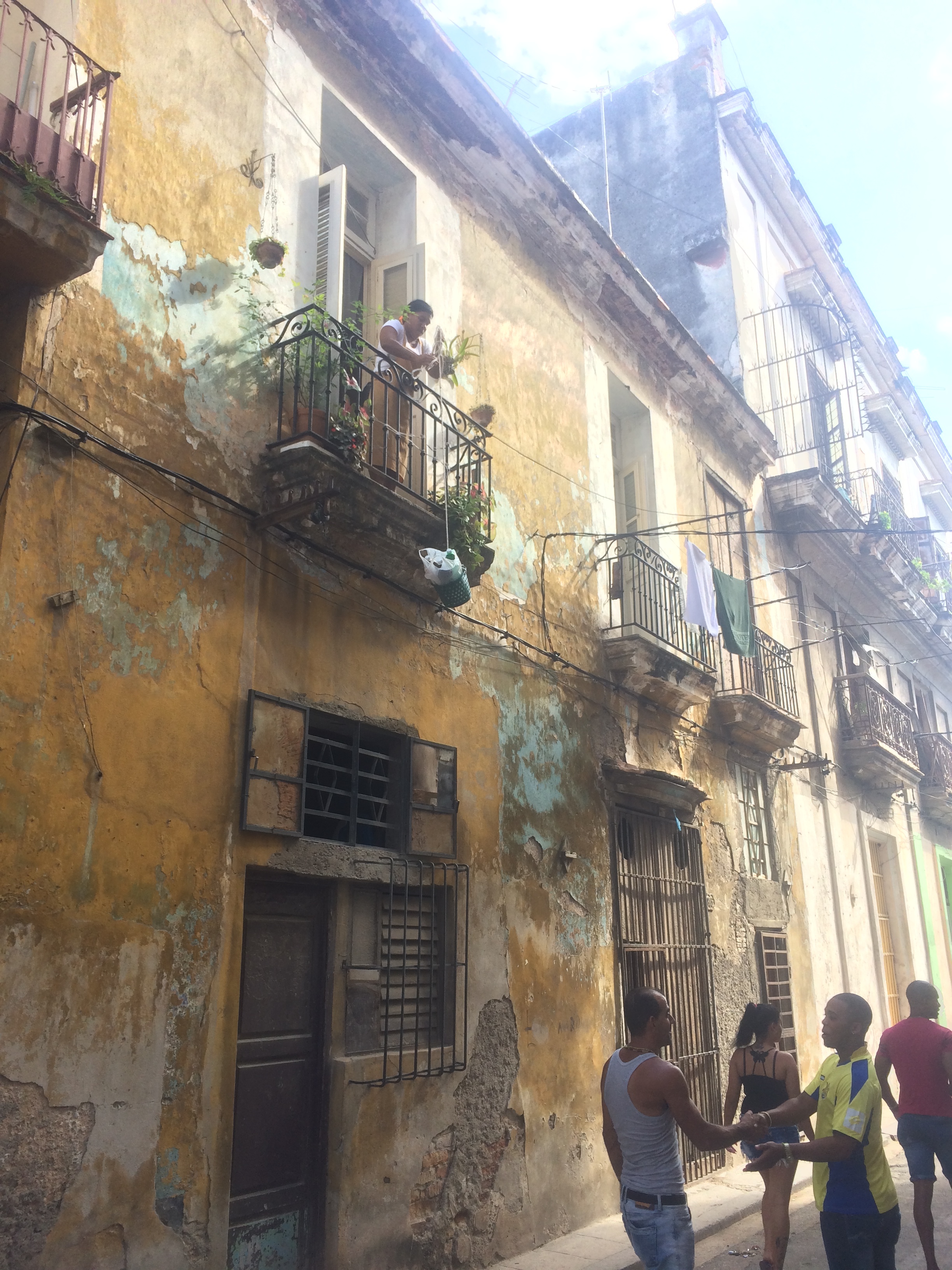
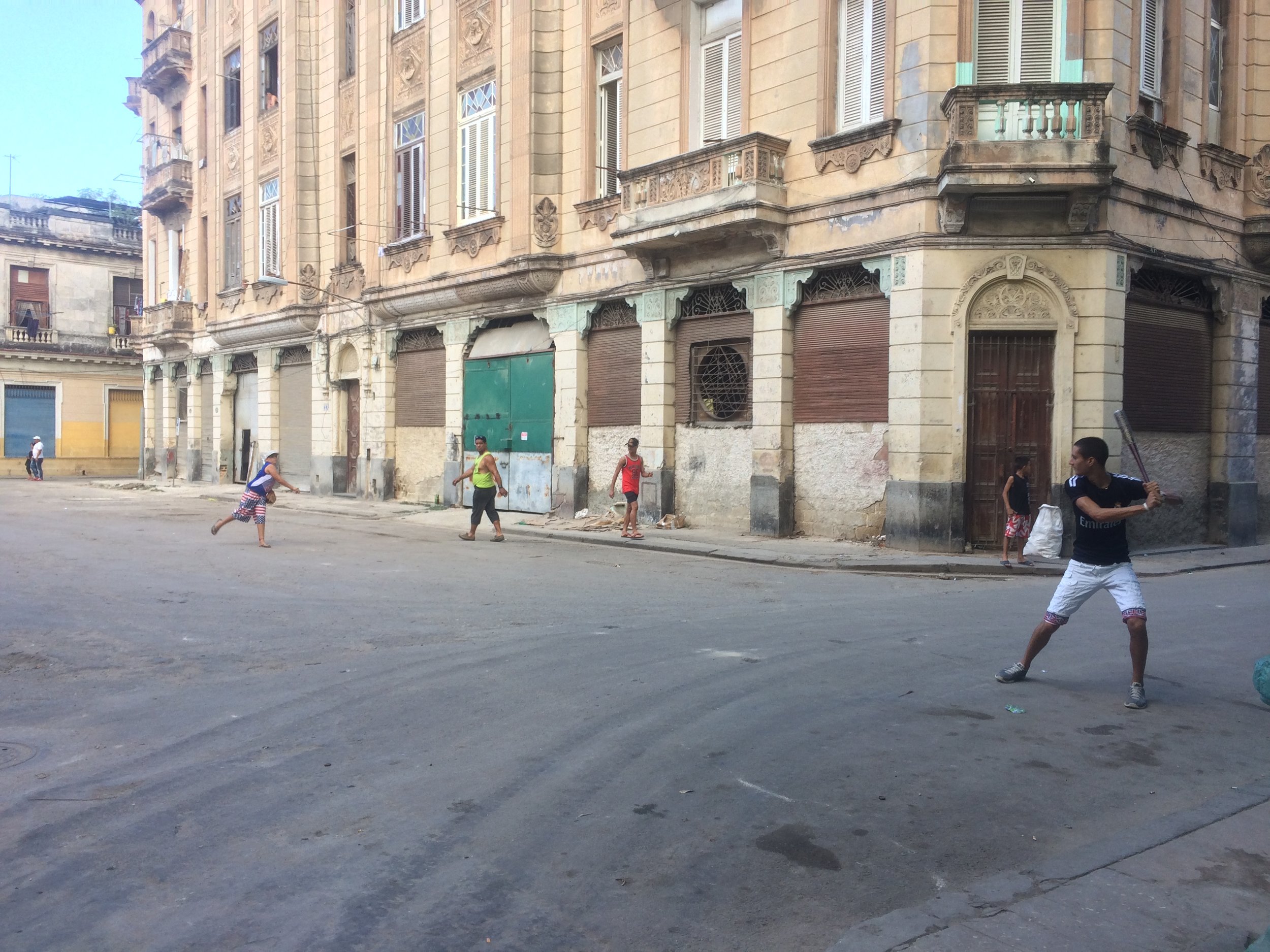
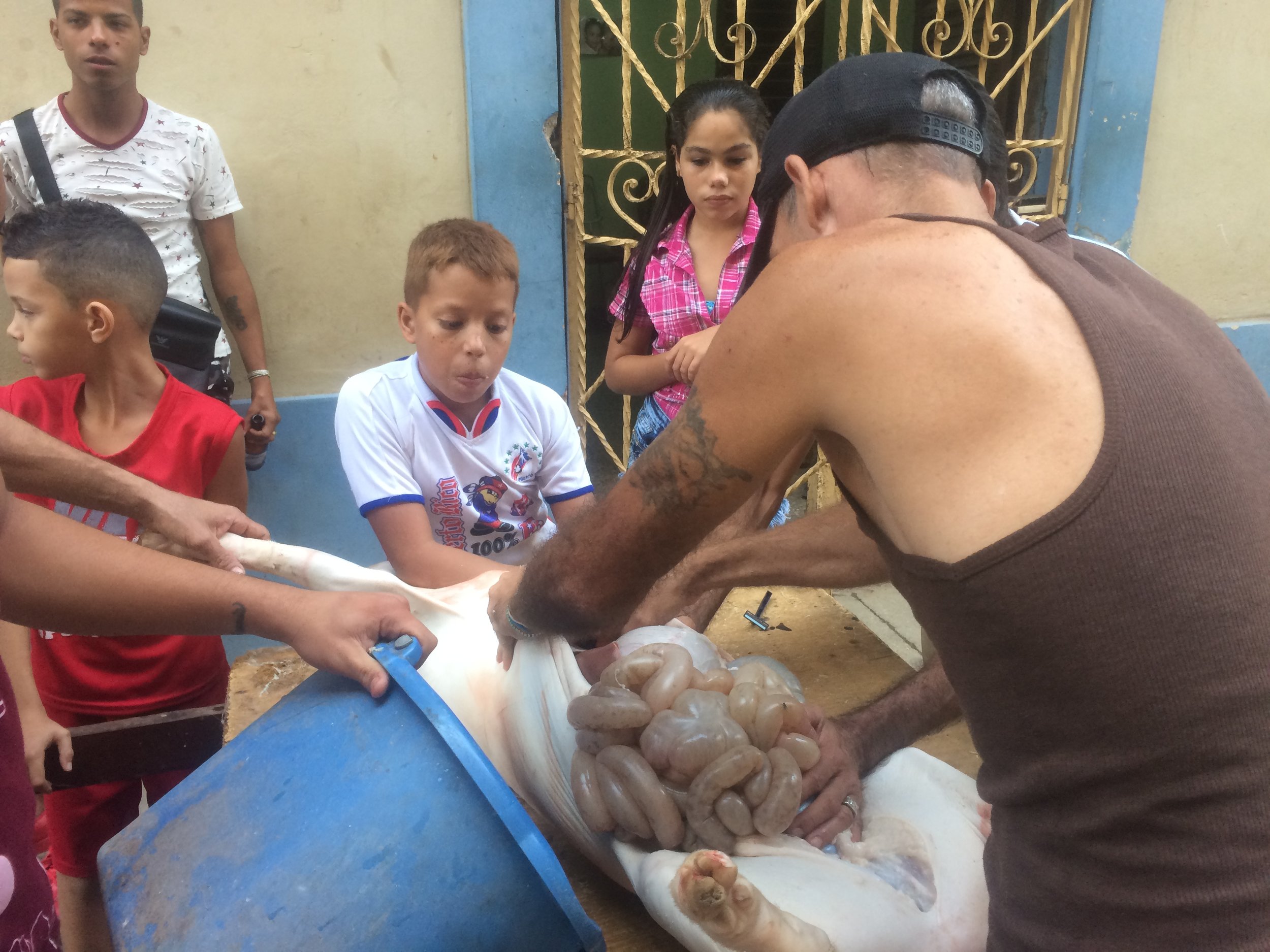
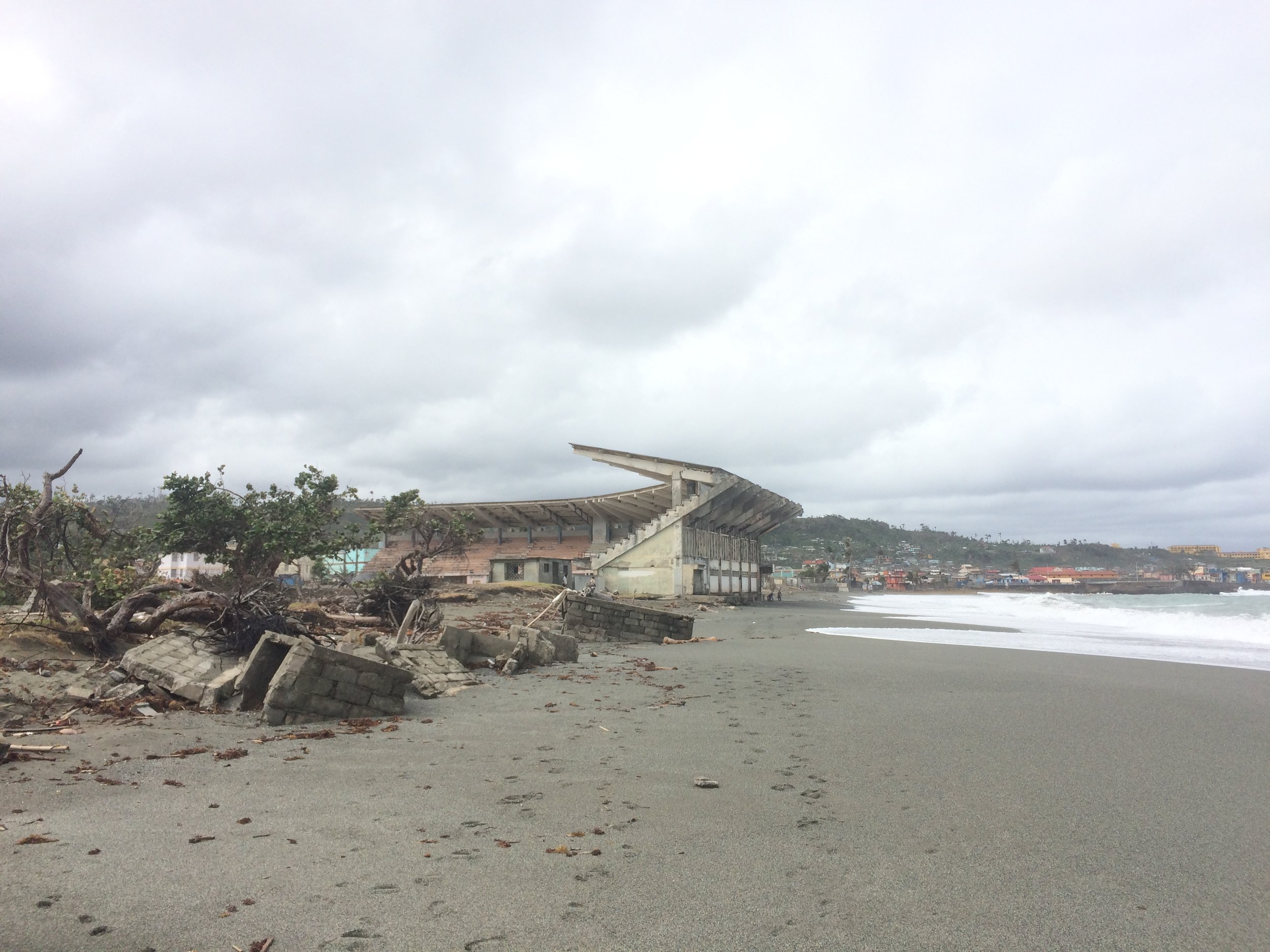
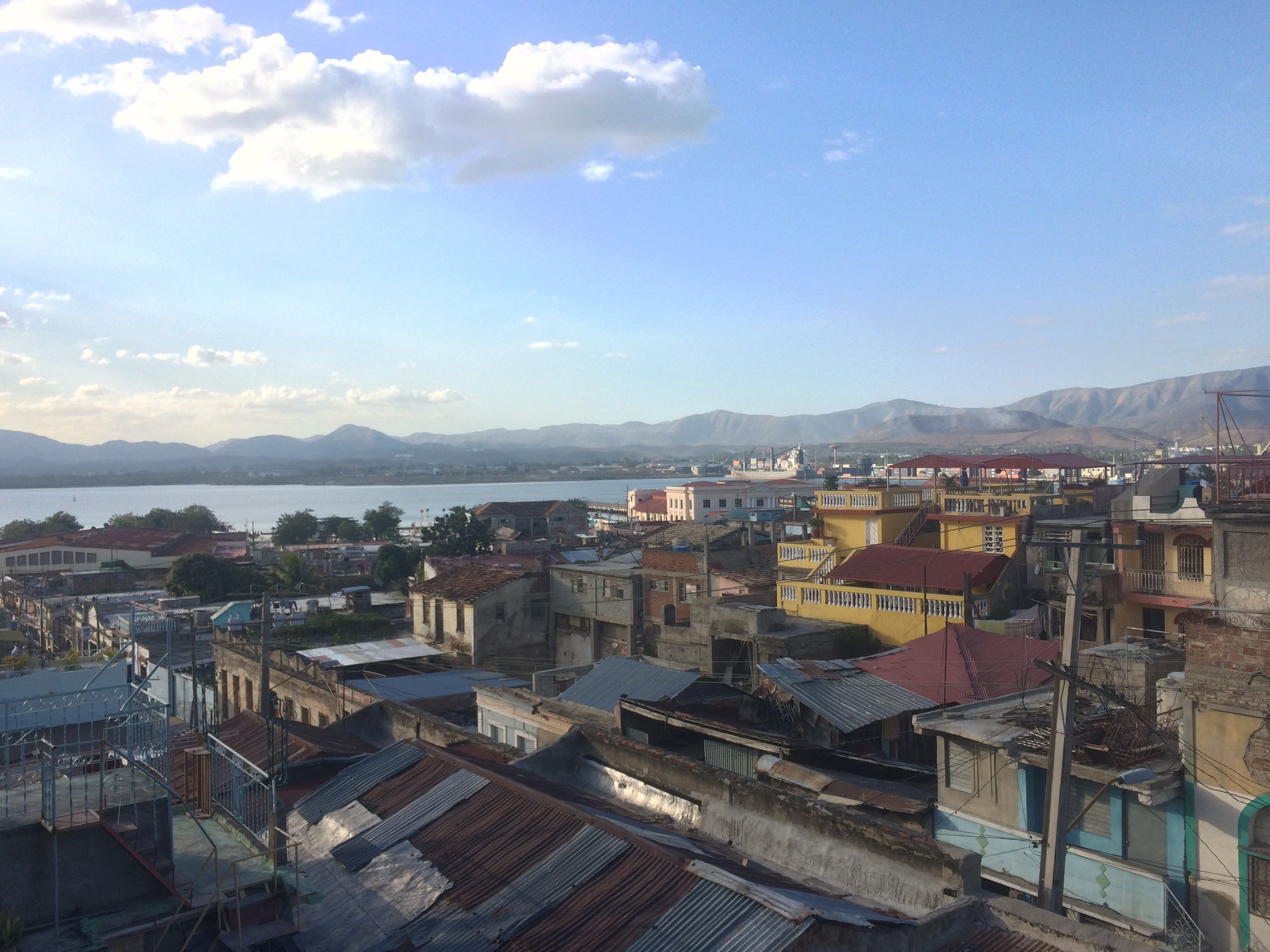

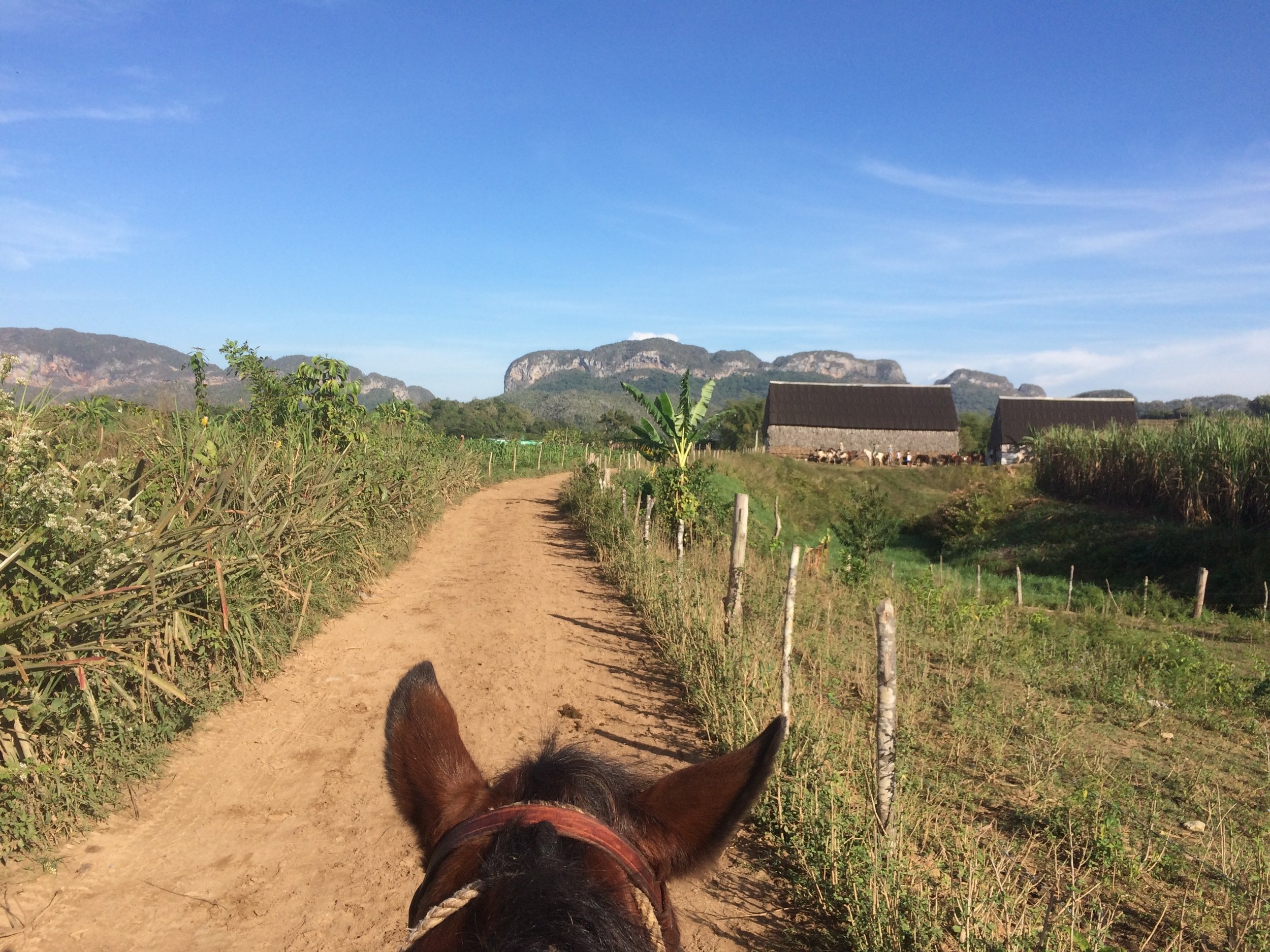


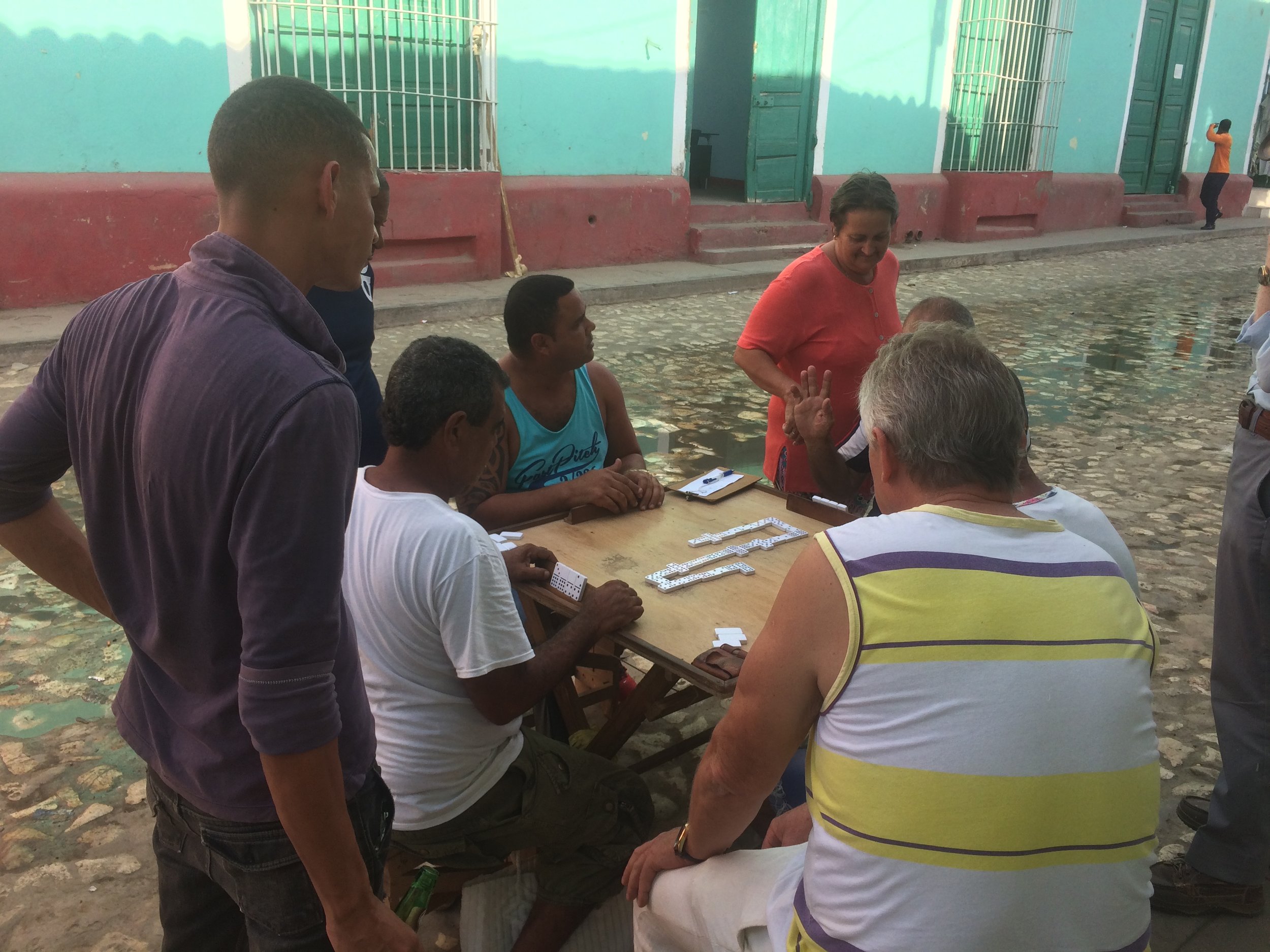
So visit now!
Of all the countries I have visited in the past two years, I sense that change Cuba will be one of the places changing most rapidly in the world. It will always be a wonderful country to visit, but if you are hoping to capture moments of pure Cuban life untainted by tourism, the sooner you visit the better. Regardless of when you go though you will always be able to enjoy the deliciously cheap bottles of Havana Club (Añejo Especial) and world famous cigars. Add great music and salsa dancing to the mix and you are guaranteed to have a wonderful time.
A few sounds and dance moves of Cuba -



